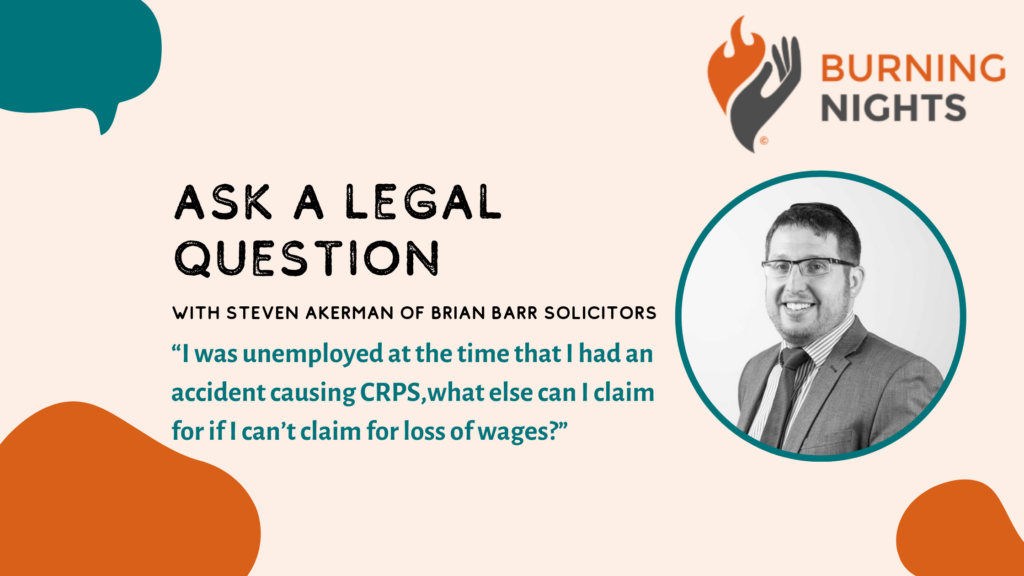Chronic Primary Pain is, by definition, an invisible condition, incapable of independent verification on scan or x-ray. It is the perpetuation of pain beyond the period when soft tissue injury normally heals, explicable by the interaction of the ‘biopsychosocial model’ of medicine.
It is a daunting and lonely condition to suffer, made worse by people, often clinicians and frequently paying parties such as insurers, expressing scepticism as to whether the condition exists at all, or is as debilitating as the sufferer contends.
This area of medical jurisprudence results in paying parties deploying the statutory strikeout ‘fundamental dishonesty defence’ in chronic pain litigation more than in any other field of injury litigation. Such allegations are often alleged on the flimsiest of material, either on the basis of evidence from doctors with little insight or training into the science of chronic pain, and/or on excerpts of edited surveillance that fails to capture the variability of function that chronic pain survivors experience.
Most chronic pain survivors struggle with achieving restorative sleep. They spend most of the time feeling physically and mentally exhausted, low in mood and generally demoralised. They are especially vulnerable to the additional psychological burden of having accusations of dishonesty made against them by the parties that caused their original injuries, in the knowledge that financial ruin awaits them if those allegations succeed trial; occasionally, they face also the prospect of criminal sanctions from committal proceedings for contempt of court that occasionally follow on from fundamental dishonesty findings.
The proliferation of the fundamental dishonesty strikeout defence since it came into force in 2015 has become a major challenge for all injury practitioners, because this large cohort of deserving and vulnerable chronic pain claimants require fearless and sympathetic representation.
One such example was the recent case of Mr Taylor who sustained a shoulder injury after being knocked off his bicycle by a driver. He continued to complain of ongoing symptoms that prevented him from returning to his full duties as an electrician and resulted in him becoming incapable of all work after the 13th month anniversary of the accident.
The driver’s insurer defended the claim on the basis that Mr Taylor was fundamentally dishonest and was fabricating his entire presentation of disability to his family, friends, employer, and the Court, from the six week anniversary of the accident. Six years later, his case proceeded to trial over seven days in the Central London County Court in February 2022.
Mr Taylor was subject to 23 days of covert surveillance, none of which demonstrated him doing more than he said he could do in a detailed statement disclosed before the surveillance. He was subjected to rigorous cross-examination, as were his family, friends and former employer. Their evidence stood up to scrutiny.
The defendant’s lead expert, a shoulder surgeon, was subjected to rigorous scrutiny in cross-examination on the fourth day of the trial following which the case settled on the morning of the fifth day of the trial for an undisclosed sum, protected by a confidentiality agreement with the defendant, who withdrew its allegation of fundamental dishonesty in open court.
What Mr Taylor’s case illustrates is that it requires enormous attention to detail and courage to stand up to insurers who deploy fundamental dishonesty defences. When appropriate, insurers must be called out on those defences and challenged in Court to substantiate them.
Brian Barr Solicitors takes pride in representing its clients fearlessly in the face of aggression from the insurance industry, as demonstrated in Mr Taylor’s case.














